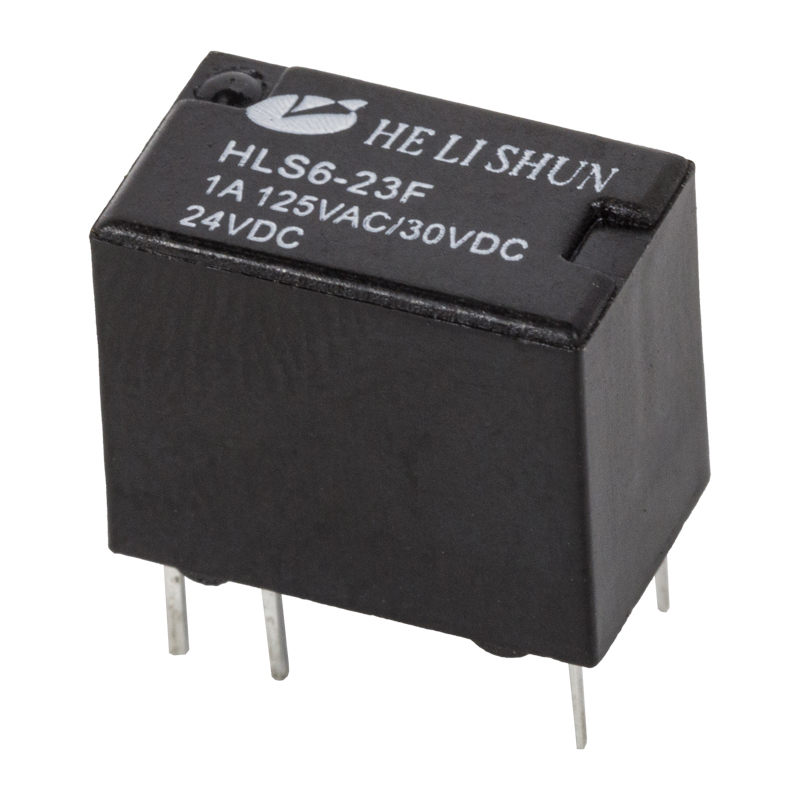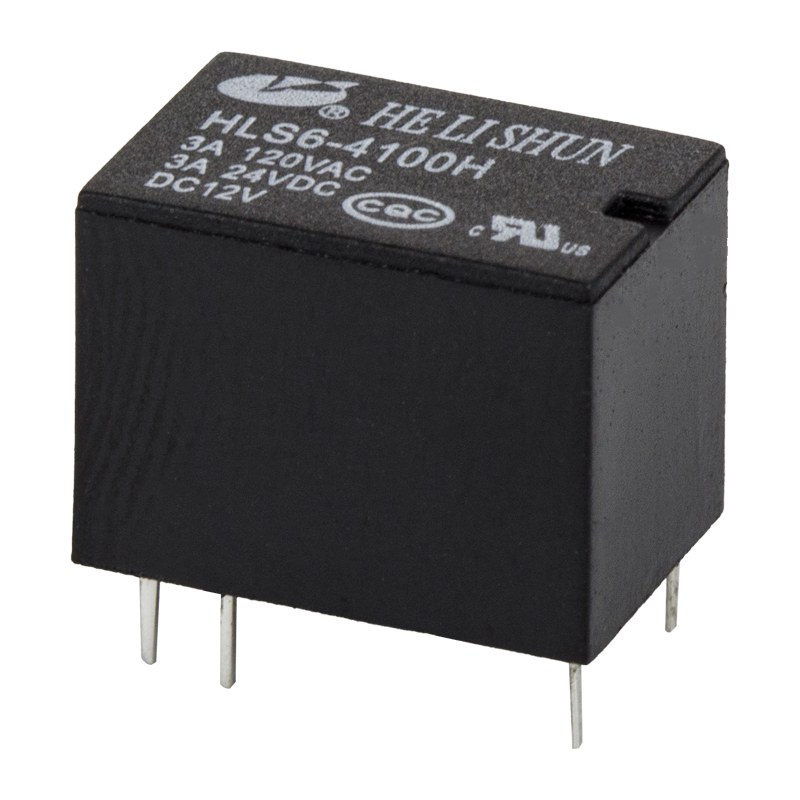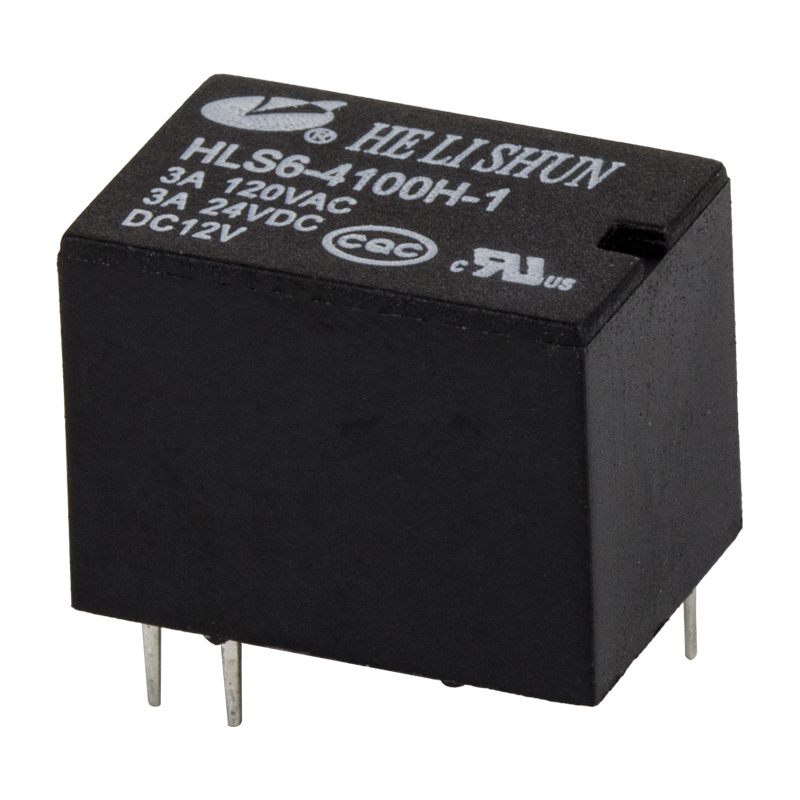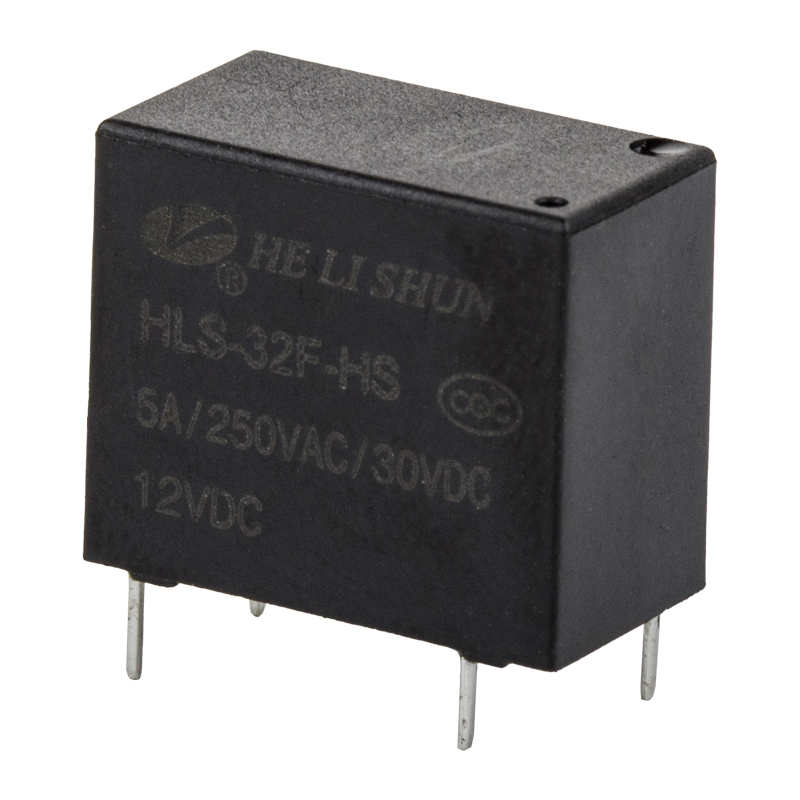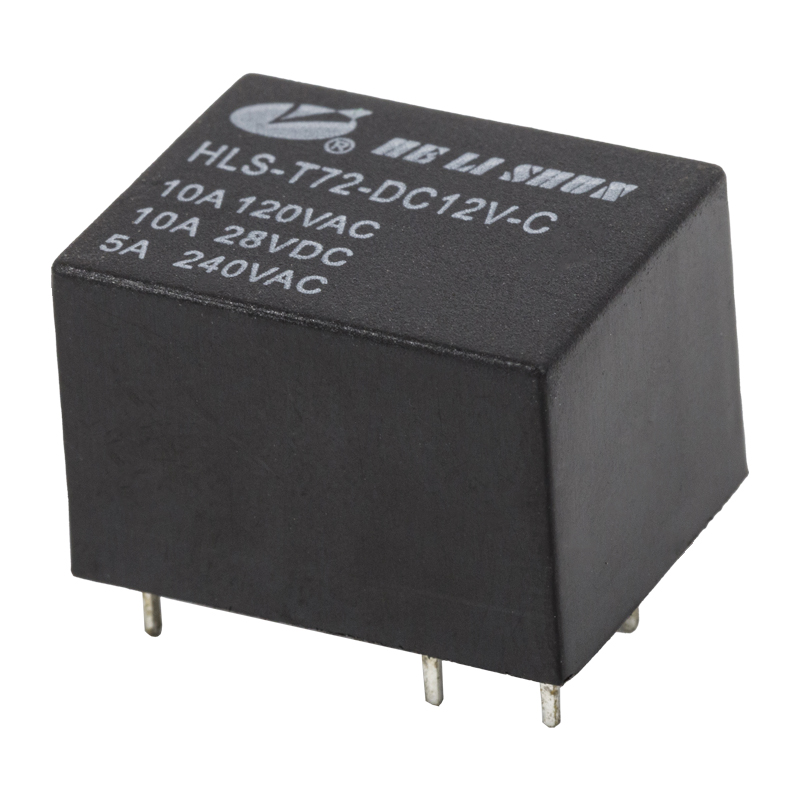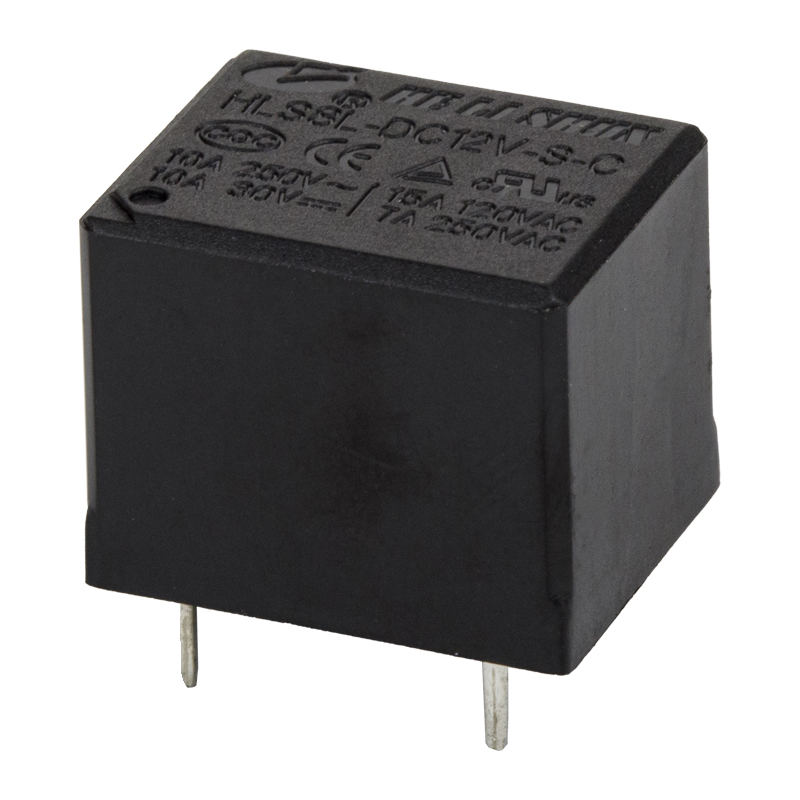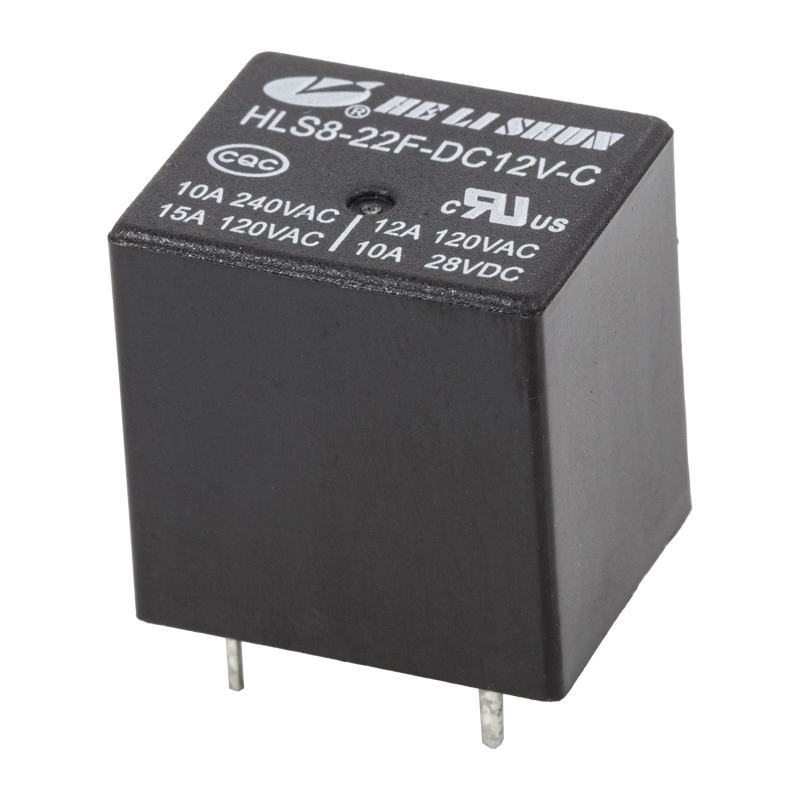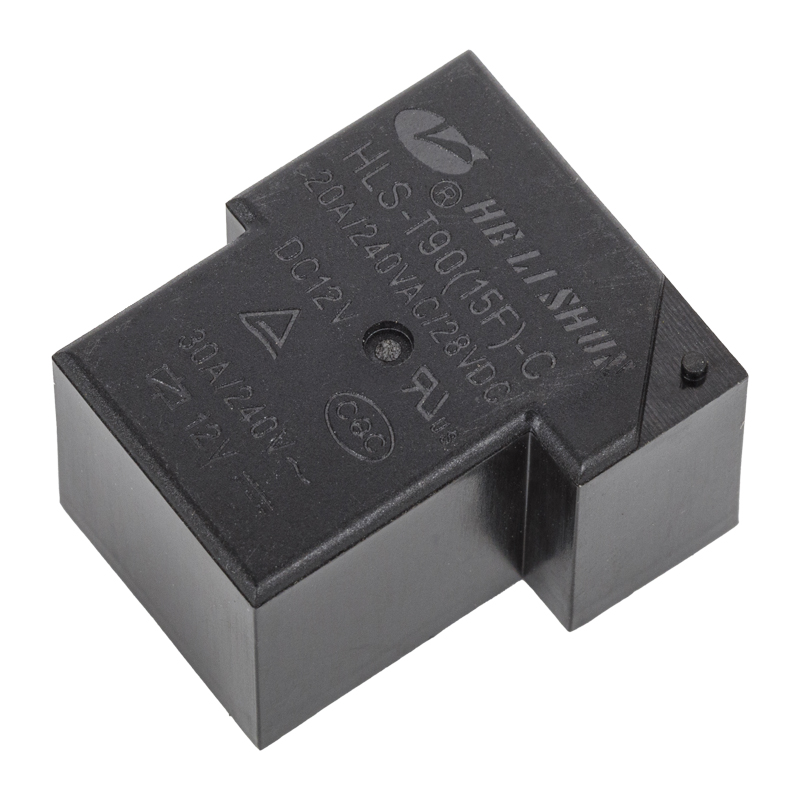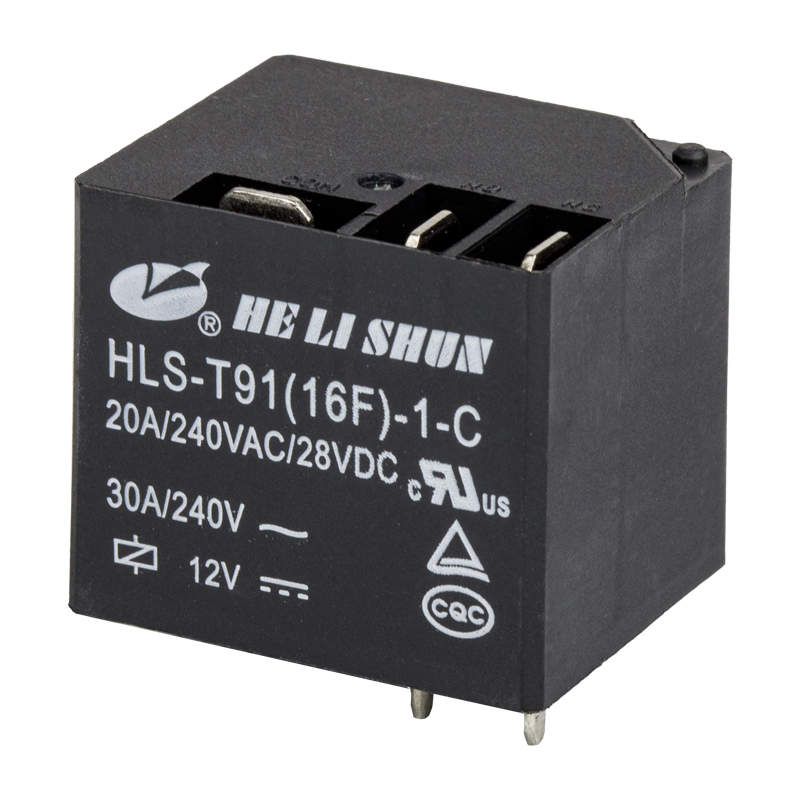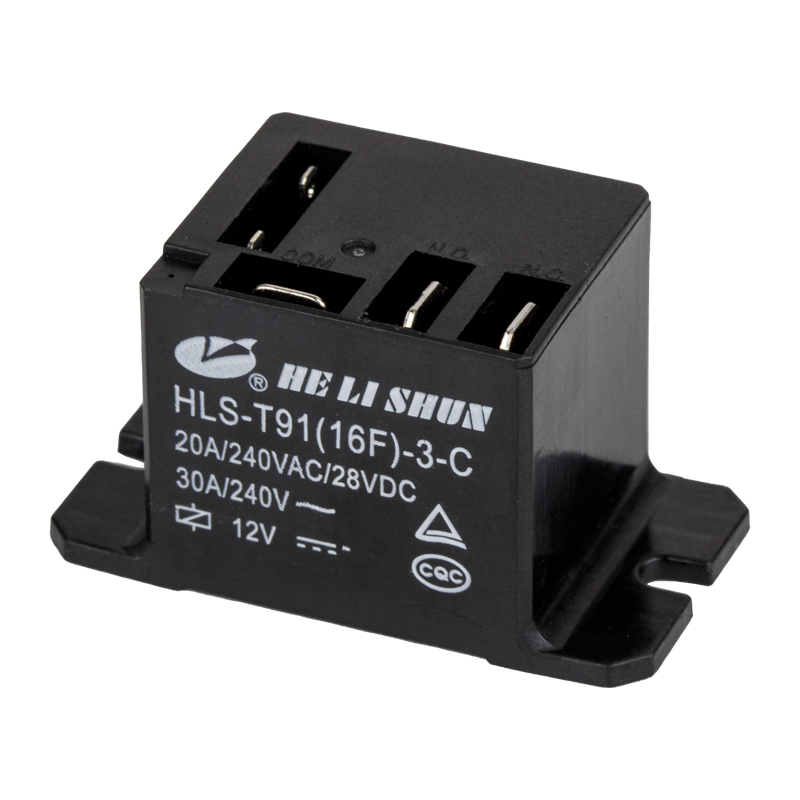Automotive relays are crucial electronic control components in modern automotive circuits, playing a vital role in ensuring the proper functioning of vehicle functions. Simply put, an automotive relay is an automatic switch that uses a smaller current to control a larger current, thereby indirectly controlling high-power electrical devices (such as lights, horns, and starters).
The Core Principle of an automotive relay
An automotive relay operates on the principle of electromagnetic induction. It primarily consists of a coil, an iron core, an armature, and contacts. When the control circuit is connected and current flows through the coil, the coil generates a magnetic field, which attracts the armature, closing or opening the contacts and thus controlling the main circuit.
This process can be broken down into the following steps:
- Control Signal Input: When the driver sends a signal to the relay's control circuit via a switch (for example, turning on the headlights), a weak current flows through the electromagnetic coil inside the relay.
- Electromagnetic Induction: When current flows through the coil, it generates a strong electromagnetic field, magnetizing the iron core inside.
- Armature Closure: The magnetized core generates an attractive force, drawing the movable armature toward the core.
- Contact Switching: The movement of the armature drives the contacts, closing previously open contacts or opening previously closed contacts.
- Main Circuit Conductivity: When the contacts close, the main circuit is connected, allowing a high current to flow, thereby operating electrical devices such as the headlights.

The entire process is extremely rapid. With automotive relays, we can safely and effectively control high-current, high-power loads using a low-current, low-power switch.
Why do cars need relays?
Before automotive relays, drivers had to use bulky and expensive switches to directly control high-current devices. This not only increased costs but also risked burnout due to excessive current. Furthermore, direct switch control required very thick cables to handle the high current, adding weight and cost to the vehicle.
The advent of automotive relays perfectly solves these problems:
- Safety Protection: Relays isolate control circuits from the main circuit, preventing high current hazards to the driver when operating switches.
- Reduced Line Load: Relays allow thin wires to control relays, which in turn control high-current appliances, reducing the complexity and cost of in-vehicle wiring.
- Extended Switch Life: Because switches only control low currents, they experience less wear and extend their lifespan.
- Enabling Complex Control: Relays can work in conjunction with other electronic components to implement more complex control logic, such as intermittent wipers and automatic windows.
With their unique electromagnetic switching mechanism, automotive relays provide an efficient, safe, and reliable solution for automotive circuits. From the starter to the wipers, from the audio system to the air conditioning, nearly every car function relies on this tiny relay.




 English
English 中文简体
中文简体
